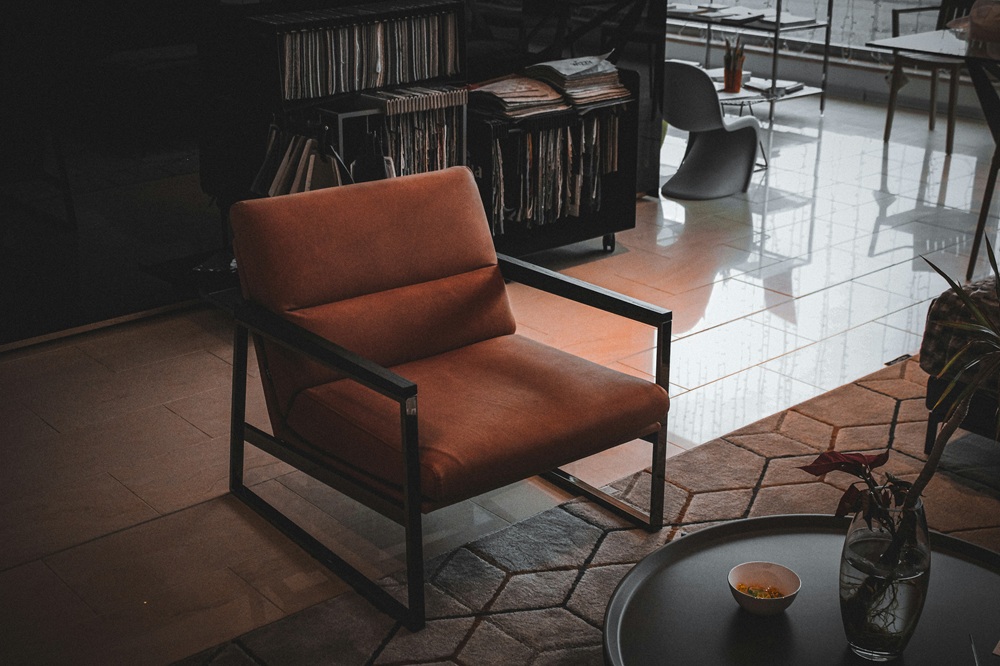When discussing interior design trends, people often discuss paint colors, lighting, and furniture styles. But a silent design element is quietly revolutionizing modern interiors—furniture legs. Once considered merely structural components, furniture legs emerged as key contributors to a visual identity and emotional feel. The evolution of these understated design elements reveals a deeper story about how detail-driven aesthetics shape interiors’ future.
The Underestimated Impact of Supportive Details
In design, it’s often the subtle touches that leave a lasting impression. Although not always in the spotlight, furniture legs play a pivotal role in defining a room’s silhouette and overall tone. They can elevate a minimalist piece into a mid-century masterpiece or transform a traditional item into something sleek and contemporary. Whether tapered, hairpin, blocky, or sculpted, these design choices provide a silent cue about the furniture’s era, style, mood, and, by extension, the room itself.
Reimagining Tradition with Contemporary Materials
Today’s designers are not content with sticking to classic wood finishes. Exploring metal, brass, and acrylic materials has opened up possibilities. These materials bring texture, contrast, and a level of intentionality that allows furniture legs to do more than just hold something up—they start to express something. A chair with clear acrylic legs instantly adds a modern edge to a room, while matte black steel legs inject an industrial flair. These elements speak volumes about the homeowner’s style without uttering a word.
Minimalist Aesthetics Start from the Ground Up
The minimalist movement has inspired an appreciation for clean lines and open spaces. One of the easiest ways to achieve this look without overhauling an entire room is to focus on leg design. Elevating furniture on slender, minimal legs creates the illusion of more space and light. This strategy can dramatically affect how open a space feels in smaller apartments or urban dwellings, thanks to a deliberate focus on what’s underneath the furniture.
Blending Function with Form
While aesthetics are important, functionality still matters. Today’s leg designs do not compromise ergonomics or structural integrity—they enhance them. This quiet innovation includes adjustable legs for desks, beds with integrated storage support, and smart leveling systems for uneven floors. This intersection between form and function reflects how interior design matures, becoming practical and visually striking.
Creating Visual Continuity Across Spaces
Cohesion in interior design is crucial for harmony. Designers increasingly use uniform leg styles across furniture pieces to tie rooms together. Whether it’s a living room, dining area, or bedroom, repeating the same metal finish or geometric form subtly binds the aesthetic. This doesn’t mean every piece looks the same, but they speak the same design language, making the space feel curated and thoughtful.
A Nod to the Past, with a Look to the Future
Mid-century modern furniture introduced the world to the power of well-designed legs. Tapered wood legs and angled supports from the 1950s are making a powerful comeback, reinterpreted for modern sensibilities. These nods to the past create an emotional connection while embracing new materials and shapes that distinctly represent our time. This fusion of nostalgia and innovation keeps design exciting and fresh.
Personalization in Every Detail
Today’s consumers crave customization. Designers and furniture makers are responding with interchangeable leg systems and bespoke options. You can now order a sofa with a specific leg style, height, and material finish. This level of personalization reflects a broader trend in interiors—people want their homes to be as unique as they are. And surprisingly, furniture legs have become an accessible entry point for expressing that individuality.
The Role of Legs in Sustainable Design
Sustainability has become a core value in modern interiors. Furniture legs play a role here, too, as modular pieces with detachable legs are easier to repair, reuse, and recycle. More designers are crafting legs from reclaimed wood or eco-friendly metals, proving that even the smallest components can make a big environmental difference. In many ways, conscious design starts at the ground level—literally.
Invisible Influence in Brand Storytelling
Retail brands and furniture makers are now using leg styles as signature identifiers. Like a red sole defines a luxury shoe, certain leg silhouettes are becoming visual trademarks for high-end or boutique brands. Consumers recognize and connect with these visual cues, associating them with quality and design integrity. This evolution shows that even the quietest design choices can become powerful branding tools.
In a world where interior aesthetics constantly evolve, furniture legs have emerged as silent influencers, delivering form, function, and finesse from the ground up. They shape perception, support sustainability, and even define brand narrative without clamoring for attention. As design continues to lean into thoughtful details and personalized touches, furniture legs are no longer just part of the background—they are firmly stepping into the spotlight, helping shape the spaces we call home.

